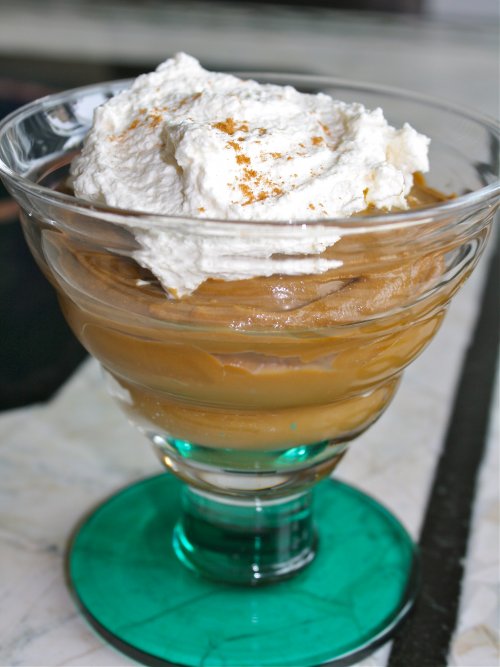
Double serving of Butterscotch Pudding with Whipped Cream and sprinkled with ground cinnamon
I love butterscotch pudding, especially paired with whipped cream and served with Gingersnap Cookies. This recipe falls into the category of what I call “comforting foods,” or food that is so soothing and well, you know, comforting! The texture is smooth and silky and the flavor of butterscotch is divine. I love to eat this dessert while curled up in a chair with my Dachshund Coco, while reading my favorite book. The recipe calls for light brown sugar, but find out how you can substitute it with dark brown; I make it without a one-for-one substitution in this recipe. in order to maintain a great butterscotch flavor.
PUDDING RECIPE HELP
INGREDIENTS
Butterscotch Pudding:
2 1/4 cups whole or 2% milk
1 cup heavy cream
6 tablespoons unsalted butter
1 1/4 cups light brown sugar, packed or 3/4 cup dark brown sugar, packed plus 1/2 cup sugar
3 tablespoons cornstarch
4 large egg yolks
1/2 teaspoon salt
1 tablespoon vanilla extract
1 recipe whipped cream
1 recipe Gingersnaps, optional
INSTRUCTIONS
Butterscotch Pudding:
1. Combine the milk and cream and bring to a simmer in a medium heavy-bottomed saucepan over medium heat.
Immediately turn off the heat, place a top on the pot and set aside.
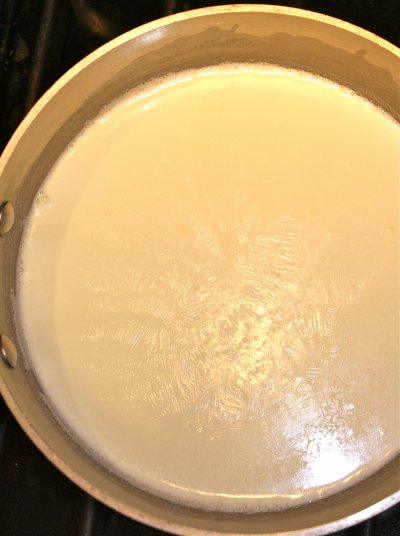
2. In a deep, heavy skillet, melt the butter over medium heat.
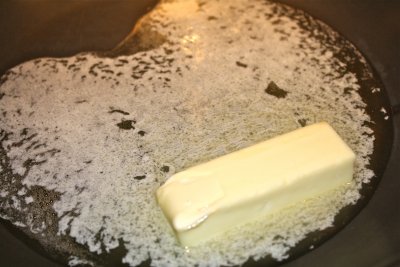
3. Stir in the brown sugar and make sure you mix it in well with the melted butter.
Cook 5 to 7 minutes, stirring constantly, to caramelize the mixture.
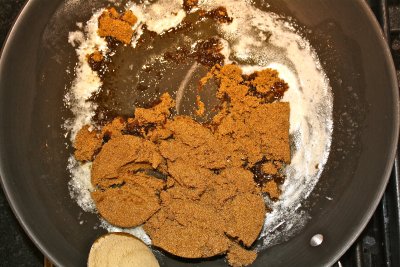

4. The butter and brown sugar mixture will start to liquefy as you cook it. Lower the heat to medium-low at this stage, and continue to cook the mixture.
Remember to stir the entire time. I find it handy to switch to using a large heat-proof rubber spatula at this stage.
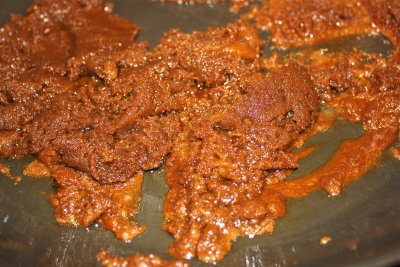
5. The mixture will become a smooth paste. Keep cooking and stirring.
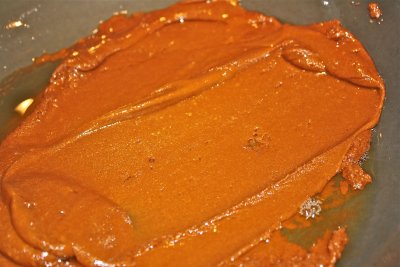
6. The paste will liquefy. It will give off a slightly characteristic caramel odor, signaling that the mixture is done cooking.
Make sure it does not smoke, otherwise it will have burned. If it does, you will need to start again.
Immediately remove it from the heat.
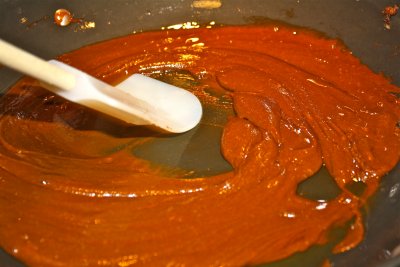
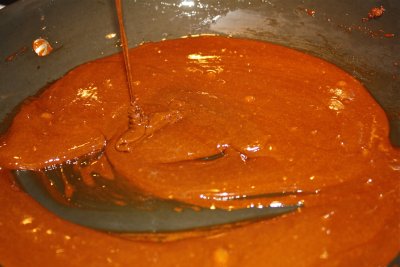
7. Gradually add in the warmed cream mixture to the butter / brown sugar mixture in the skillet, whisking constantly.
The butter / brown sugar mixture will bubble up and added cream mixture will steam at first, so take care to stand back.
NOTE: If the cream mixture develops a thin skin on top before pouring, just skim it off first.
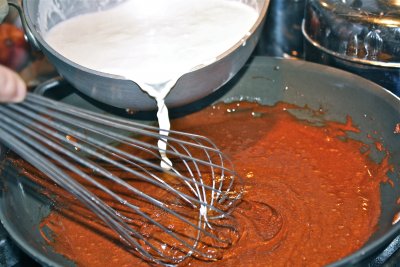
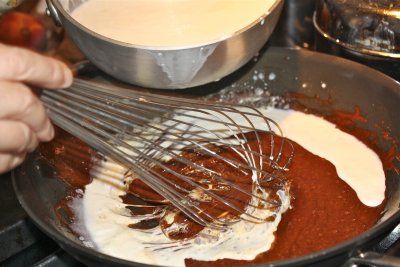
8. Without delay, add the rest of the cream mixture, whisking constantly until the mixture is smooth and homogenized. This makes the butterscotch mixture.
The heat should still be turned off, but the butterscotch mixture will continue to be very hot.
NOTE: If the mixture isn't smooth after awhile, remove mixture to a food processor or a blender, and blend for 20 seconds until it is. Return it to the skillet.
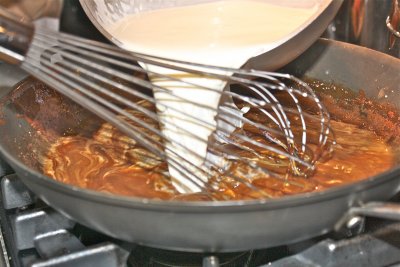
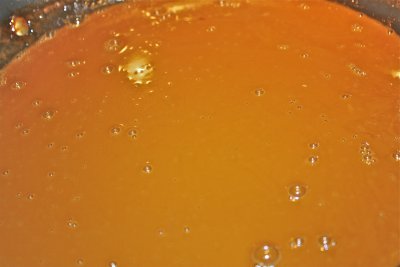
9. Place the cornstarch in a small bowl. Add a few tablespoons of the butterscotch mixture to it, and whisk until it forms a soupy paste. Set aside.
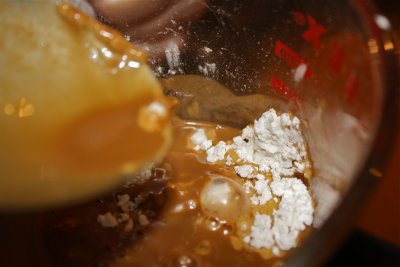
10. Temper the egg yolks: Add about 1/4 cup of the butterscotch mixture to the egg yolks, and quickly combine.
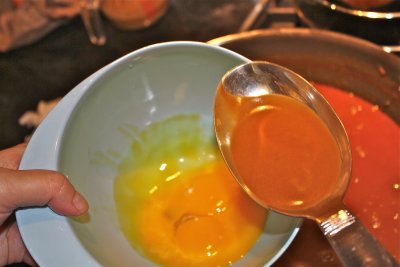
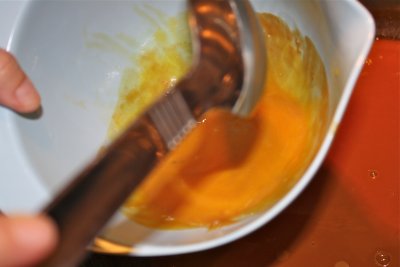
Add another 1/4 cup butterscotch mixture to it and stir.
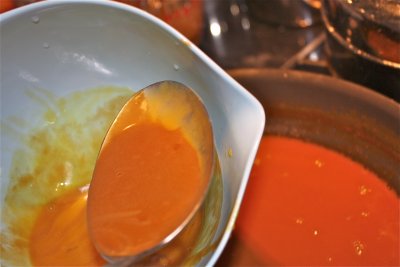
11. Add the cornstarch mixture and salt to the egg yolk mixture and stir until dissolved.
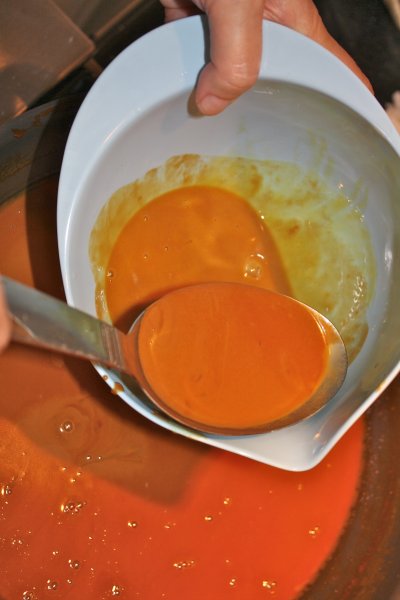
12. Whisk the egg yolk / cornstarch mixture back into the remaining butterscotch mixture in the skillet. Do not scrape the bottom and sides of the pan because you may find some hardened bits of butter and sugar there.
SARAH SAYS: I like to use a flat whisk to stir the mixture with. It easier for me to avoid scraping the bottom of the pan with it.
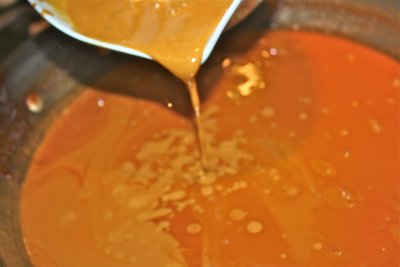
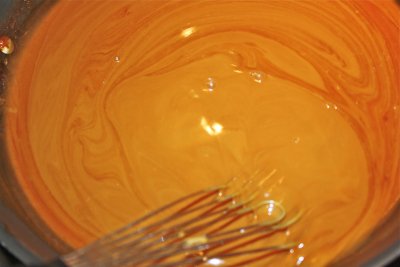
13. Whisking constantly, cook the mixture over medium-low heat until thick and just boiling, about 4 to 5 minutes.
Watch closely because this part happens quickly.
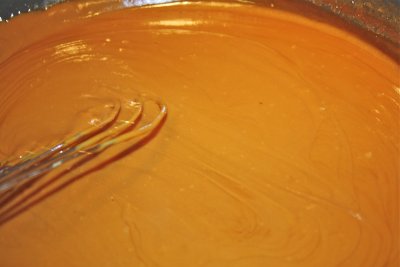
When the mixture is ready, the whisk will leave trail marks in the pudding and a few large bubbles will boil up to the top.
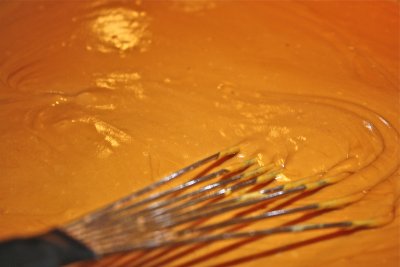
14. Remove from the heat; do not overcook. Strain through a fine mesh strainer into a large bowl.
SARAH SAYS: Do not scrape the bottom or sides of the pan to get any remaining bits of pudding. Immediately soak the cooking skillet in hot soapy water.
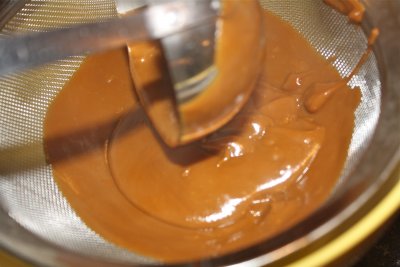
15. Whisk in the vanilla extract.
16. Portion the pudding into individual custard cups or ramekins, and chill, uncovered, at least 4 hours or overnight.
SARAH SAYS: The pudding is best served the next day because the butterscotch flavor mellows somewhat and is not as sharp.
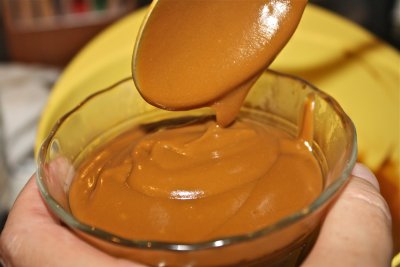
SERVE
Serve the pudding with a scoop of whipped cream and a couple of Gingersnap Cookies. Serve the extra cookies on the side.
STORAGE
Pudding and whipped cream are perishable, and must be refrigerated. They are best served the next day or two after making. Keep separately, though and do not cover the pudding otherwise it will tend to leech water. Cover the whipped cream, though when refrigerating.

Double serving of Butterscotch Pudding with Whipped Cream and sprinkled with ground cinnamon


